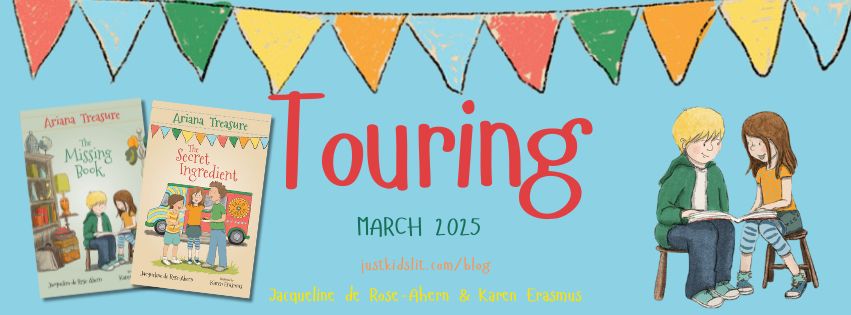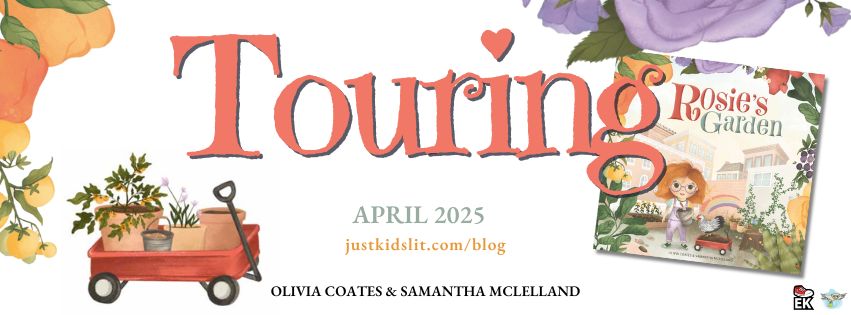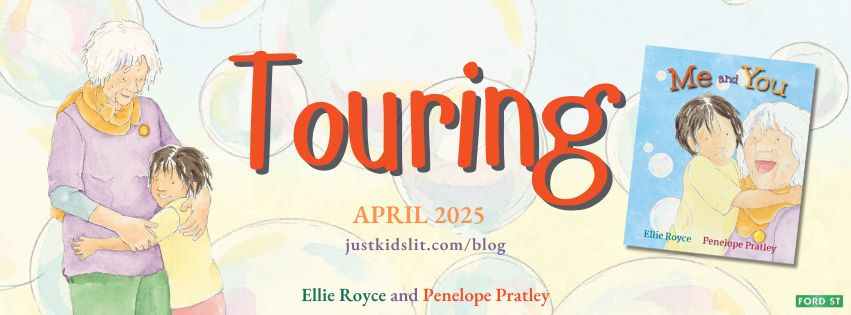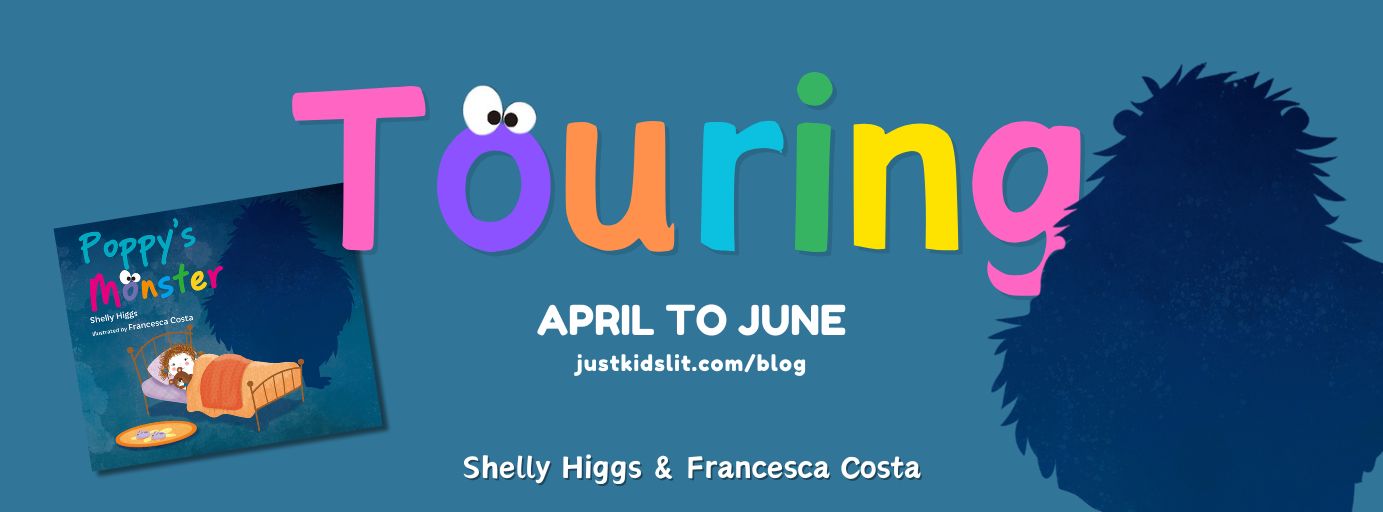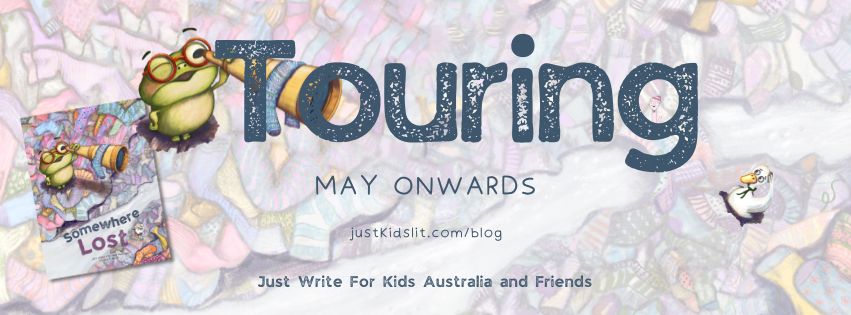#columbinestale #blogtour #booksontour #day5
Today we have a fascinating interview with Rachel Nightingale to share with you; all about the development of her exciting series, the Tarya Tales Trilogy, as well as a really good strategy for aspiring series writers! Thanks Rachel! 🎭🎨🤹🏼♀️🎤
A powerful and dramatic story such as Columbine’s Tale would grip the imagination of any audience intrigued by magic and fantasy. What was your motivation for writing it, and what do you hope is gained by readers?
 Columbine’s Tale and Harlequin’s Riddle grew out of my fascination with creativity. Partly I was exploring the idea of flow, the idea that when you’re really immersed in creating someone it’s like you go to another place, outside of time. Partly I was indulging a ‘what if’ because creativity feels pretty magic to me, so I wondered what would happen if that magic were real.
Columbine’s Tale and Harlequin’s Riddle grew out of my fascination with creativity. Partly I was exploring the idea of flow, the idea that when you’re really immersed in creating someone it’s like you go to another place, outside of time. Partly I was indulging a ‘what if’ because creativity feels pretty magic to me, so I wondered what would happen if that magic were real.
How have you combined the fictional aspect of the settings of Tarya; a place of power and healing, with real life? How much research went into creating your scenes?
 The books are set during the Italian Renaissance, which is when the travelling players were around, but I took my story into a second world, so the country is Litonya rather than Italy. The reason for this is because I am asking readers to accept a very real, accessible spiritual dimension is right next door to the real world, and I figured it would be easier if the action took place somewhere familiar, but not quite history as we know it. The ‘real world’ aspects are based on research into the Italian Renaissance, and my experiences as a medieval reenactor – I’ve actually made some of the costumes mentioned in the first book. Tarya grew out of readings I’ve done over the years around Celtic spirituality, chakras, mysteries – an unseen world that hopefully feels like it could be just a hand’s breadth away.
The books are set during the Italian Renaissance, which is when the travelling players were around, but I took my story into a second world, so the country is Litonya rather than Italy. The reason for this is because I am asking readers to accept a very real, accessible spiritual dimension is right next door to the real world, and I figured it would be easier if the action took place somewhere familiar, but not quite history as we know it. The ‘real world’ aspects are based on research into the Italian Renaissance, and my experiences as a medieval reenactor – I’ve actually made some of the costumes mentioned in the first book. Tarya grew out of readings I’ve done over the years around Celtic spirituality, chakras, mysteries – an unseen world that hopefully feels like it could be just a hand’s breadth away.
You have developed a cast of complex and interesting characters, each with their own identities and abilities. Mina is the star of the books with the power of story-telling the future. How did you go about developing your characters, and Mina in particular?
In the Commedia dell’Arte there are stock characters that the actors perform, such as the young lovers, the rich old man, the wily servant and so on. They’re familiar archetypes, and I used them as the starting point for many of my characters. For example, Jal and Isabella, who play the lovers, are very much in that mould – they’re very physically attractive, always falling in and out of love, motivated by the desire to be loved by others… I develop backstory for each character and what I think is most important, which is what drives them. With Mina my approach was different. I spent a lot of time thinking about what characteristics she would need in order to achieve what she needed to in the books, because she has to literally change the world. I start by writing ideas down, but after a while they really do come alive in my head and I know which person is likely to say what, or how they’ll react.
Both books in the Tarya series deal with mystery, friendship, romance and betrayal. What other themes / issues form the foundation for your stories?
One of the big themes of the books is the role of the creative arts in our society, and who should control them. In all creative fields there tend to be go-betweens who sit between the artist and their audience. Sometimes they perform a very important function, helping artists to be discovered, and sometimes they profit from others’ art whilst the artist starves. This is one of the things I’m exploring through the three books.
You have a third title in this exciting series on the horizon! What can you tell us about the final in the trilogy? Which of the books do you form the closest resonance to, and why?
I’m trying to think what to say that won’t be a spoiler! The third book will definitely wrap up the story and uncover the mystery. At the end of the second book Mina discovers that the way she thought she could fix everything isn’t going to work, so the third book is about her trying to find another way to deal with the secrets and dangers she has found. Her life has become more complicated in the second book too, so in the third one she has some choices to make that are not going to be easy. At the same time though, she’s coming into her power, so other things are getting easier.
The illustrated cover images are stunningly bright and perfectly reminiscent of the beautiful renaissance period. What can you tell us about the design process? Were you happy with how your characters were portrayed?
 For Harlequin’s Riddle, I gave the artist, Nadia Turner, a copy of the book and asked her to read it and see if she’d be willing to illustrate the cover. I had seen her work previously and thought it would be perfect. Fortunately, she agreed. Because the first book focuses on the travelling players’ journey, a background of hills and a road, with the royal city of Aurea in the distance, seemed like the right way to go. She did a perfect job of capturing Harlequin, not just physically but with his mysterious energy. She worked from descriptions in the first book to create the second cover and I told her what I was after for the background. I couldn’t believe how perfect her depiction of Mina was – I love the image so much! For the third book I’ve given her a fairly detailed brief because I’ve only just finished the scene I want the cover to be based on, so there was nothing she could read. I can’t wait to see the finished painting!
For Harlequin’s Riddle, I gave the artist, Nadia Turner, a copy of the book and asked her to read it and see if she’d be willing to illustrate the cover. I had seen her work previously and thought it would be perfect. Fortunately, she agreed. Because the first book focuses on the travelling players’ journey, a background of hills and a road, with the royal city of Aurea in the distance, seemed like the right way to go. She did a perfect job of capturing Harlequin, not just physically but with his mysterious energy. She worked from descriptions in the first book to create the second cover and I told her what I was after for the background. I couldn’t believe how perfect her depiction of Mina was – I love the image so much! For the third book I’ve given her a fairly detailed brief because I’ve only just finished the scene I want the cover to be based on, so there was nothing she could read. I can’t wait to see the finished painting!
Do you have any advice for aspiring writers, particularly those writing YA novels in a series?
General advice is write lots, learn what you can about writing and be open to feedback – that’s how your writing improves. Writing a series is a whole different thing – for that I’d suggest finding a way of organising your ideas because continuity is an important thing to get write, and it can take years to get all the books written, so of course you’re going to forget things in that time. Of course, Isobelle Carmody reads every single book in a series before she writes the next one to remind herself, so that’s always a good strategy too. And learn how to plot. Pantsing doesn’t work well over three books.
If you could perform for any famous person, dead or alive, who would it be and why?
Can I turn this question around? I don’t know if other authors do this, but a fun game I’ve played with recently is ‘who would perform as my characters if it was made into a movie?’ Some of them are easy. Uberto would be played by Alan Cumming, the Broadway actor who played Nightcrawler in XMen 2. It was a quote by him about performing Cabaret on Broadway that gave me the inspiration for Tarya. I would love Jamie Campbell-Bower to play Luka. Alan Rickman would have made a perfect Ciro. I have a feeling Georgie Henley would be great as Mina. She was Lucy in the Narnia movies, but she’s grown up now and I think she’d have the right sort of persona. It would be really interesting to pose this question on my Facebook page and see what others think.
I love that you turned that question around! What a cast! 🙂
Thanks again, Rachel for the marvellous interview! Loved it!
Now we’re off to make an appearance at Allison Winchester’s website, Little Big Reads for her review of Columbine’s Tale.
Subscribe at Books On Tour to stay in the loop.








